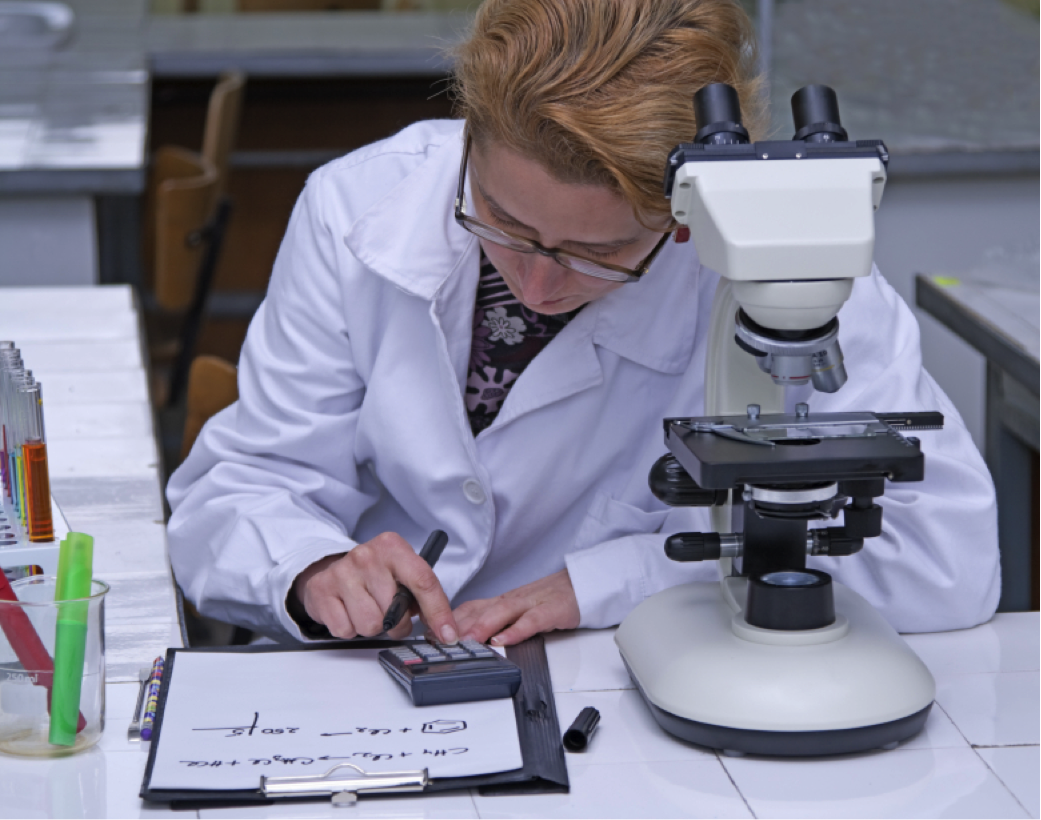
For regulatory affairs professionals involved in new drug development, the barriers to making potentially beneficial products available to the public can sometimes be frustrating. Nevertheless, the regulations are necessary to ensure that drugs are safe and effective.
So how does a new drug get from initial testing to approval? Read on for a step-by-step guide to the development process.
How Are New Drugs Discovered? A Guide for Regulatory Affairs Students
Researchers can discover new drugs in a number of ways. Medical science is constantly gaining new insights into the cellular and genetic factors of diseases, helping researchers find new ways to combat such diseases. Experts also constantly test various molecular compounds in order to find beneficial uses for them, and advances in technology also lead to the discovery of new treatments.
When testing a drug for a specific purpose, scientists also sometimes discover unexpected benefits in treating another illness. For instance, students enrolled in regulatory affairs programs might be interested to learn that Propecia, the male-pattern baldness drug, was originally intended to treat prostate problems.
The Role Of Regulatory Affairs in Development and Preclinical Research
When developing a compound, researchers perform a number of experiments to determine dosage, potential benefits, and side effects. They will then usually perform testing on living organisms such as rodents.
These studies are generally small, but researchers must produce detailed findings in order to move to the next stage. Regulatory bodies have rules governing the best practices for preclinical studies, and students pursuing regulatory affairs certification in Canada are taught both the regulatory requirements for Health Canada and the FDA in the United States.

Researchers must produce detailed reports of preclinical findings.
Regulatory Affairs Requirements For Clinical Research In Humans
To begin clinical testing with humans, researchers must submit a clinical trial application (CTA) for approval from Health Canada. They must develop a carefully designed protocol for trials, and there are three phases of research.
Phase 1 involves a small study designed primarily to determine the safety and dosage of the drug, which lasts for several months. Phase 2 involves a larger study to test effectiveness, and can last up to 2 years. Finally, in phase 3, researchers conduct larger trials to determine the efficacy on a larger population, a process which often takes several years to complete.
Approval and Post-Market Regulatory Affairs Monitoring
If the research shows favorable results, the developer will make a new drug submission to Health Canada, who will review the product for approval. However, the regulatory affairs process does not stop there, and authorities will continue to monitor and review drugs once they go on sale, to uncover any problems which might not have shown up during the testing process.

Regulatory affairs officials continue to monitor drugs after their approval.
Are you interested in a career helping to develop safe and effective drugs?
Visit AAPS to learn more about our courses or to speak with an advisor.



